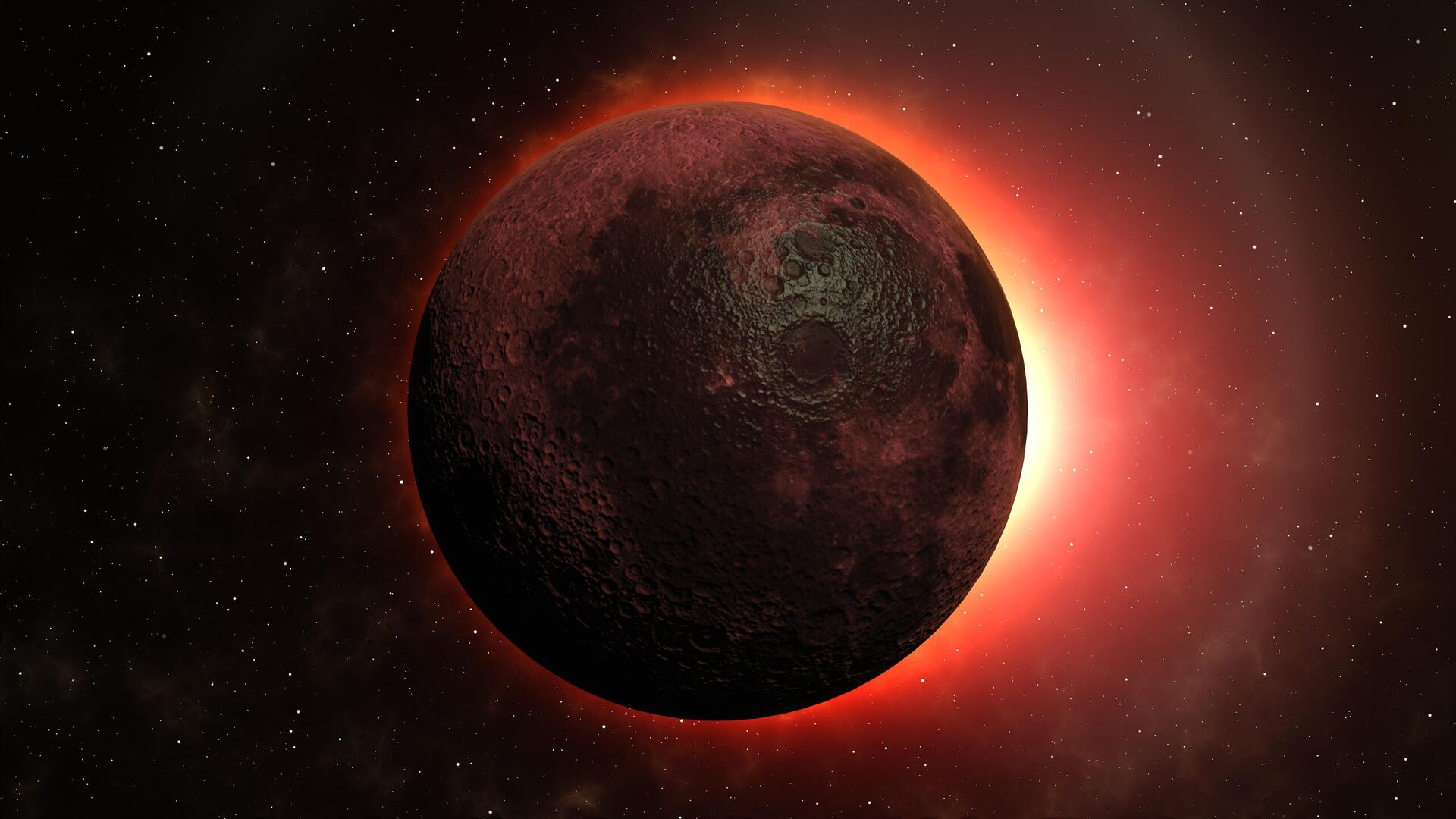
MOSCOW, January 3, Tatyana Pichugina.Tailed comets, large asteroids, lunar eclipses, powerful starfalls, Mars preparing for opposition — the new year is rich in bright astronomical events. And not only professionals will be able to see them. together with scientists, he tells what secrets the sky will reveal to us.
Tailed Wanderers
In April 2024, comet 12P/Pons-Brooks will come close to the Sun and will glow, as a star of the fourth magnitude.
«This is comparable to the Andromeda Nebula. Such objects are visible to the naked eye against the background of a dark, unexposed sky,» explains amateur astronomer Stanislav Korotky from the Nizhny Arkhyz Observatory.
< br />The most unusual event is expected in September-October — comet Zijinshan-ATLAS, discovered a year ago, will approach the Earth. According to calculations, its brightness will reach the first magnitude.
“If you’re lucky, the comet will flare up and will be comparable to Venus. This rarely happens on our territory,” the astronomer notes. “There is a possibility that it will become the brightest in the last twenty years Its long tail can be seen in the evening in the southern and southwestern part of the horizon.»
«Unfortunately, the conditions the observations will not be the best. But from the point of view of astrophotography, a real holiday and stunning colorful photographs are expected,» says Leonid Elenin, an astronomer from the M. V. Keldysh Institute of Applied Mathematics of the Russian Academy of Sciences.
According to calculations, on January 20, P/2011 NO1 (Elenin), the first comet discovered by Russian scientists, will fly at a minimum distance from Earth. Leonid Elenin, whose name she bears, observed her in December 2010. In August 2011, the comet's nucleus was destroyed while flying around the Sun. It was not possible to find the object for a long time.
“The problem is that we do not know its orbit well enough, and so far the comet has not been detected in its new appearance. Perhaps it is either “delayed” or less active than we expected,” explains the scientist. For a long time he looked for it himself using a 40-centimeter telescope.
“The idea crept in that the comet was weakly active and had a brilliance much less than calculated, which means that it might have already been discovered by someone, but was mistaken for an asteroid. And so it happened,” writes Elenin in his Telegram channel.
On October 17, the Pan-STARRS 1 telescope discovered a new object of 22.5 magnitude, then Pan-STARRS 2 observed it with brilliance 21.8. Leonid Elenin believes that this is his comet.
“There is no official “link” yet, we are waiting for a circular, but this is definitely it,” the discoverer is sure.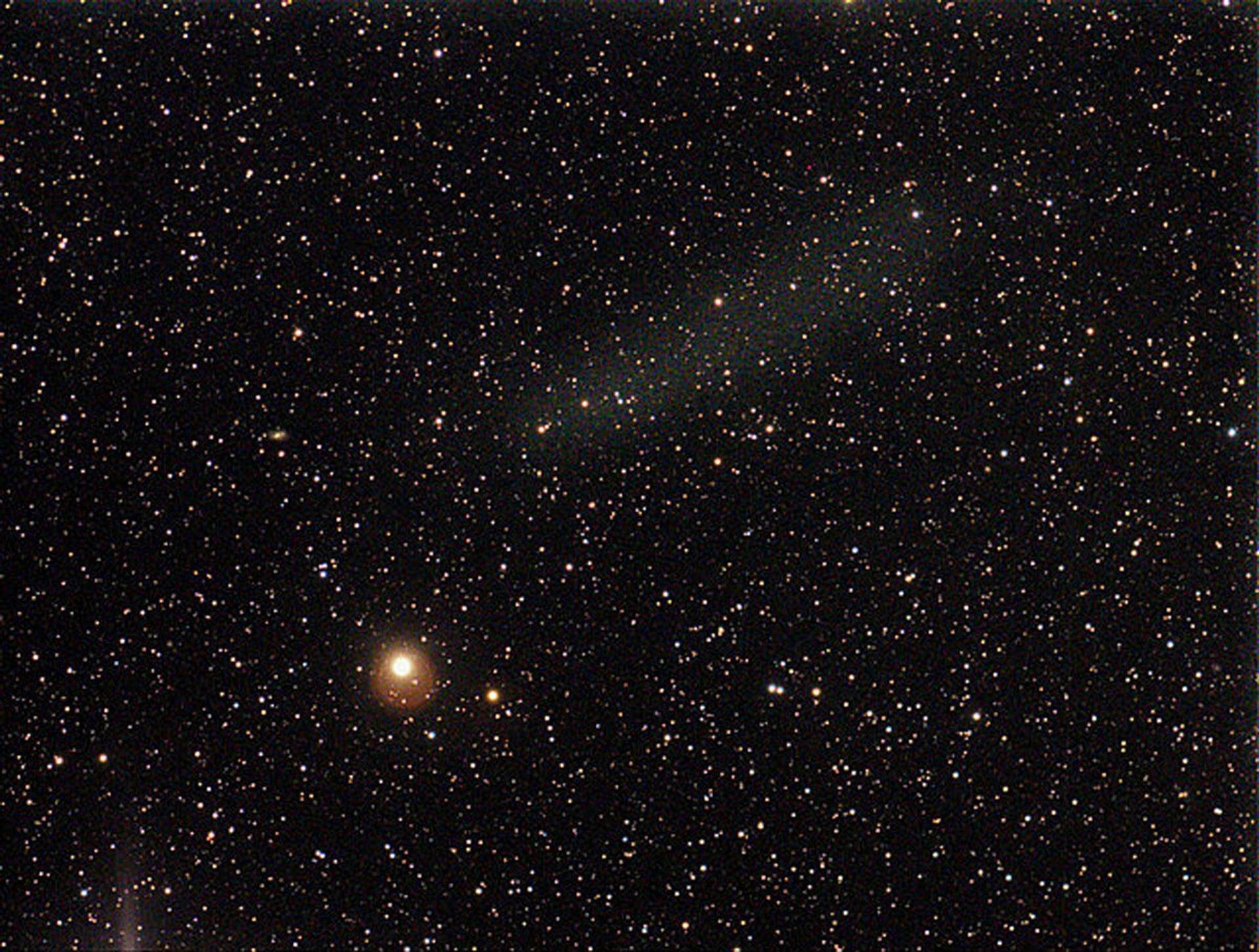
< h3 id="1915854179-2">Asteroids
According to the astronomical calendar compiled by Alexander Kozlovsky, the brightest asteroids will be Vesta (January) and Ceres (July).
“Ceres is the first asteroid discovered by mankind. Since the fall of 2006, it has been considered a dwarf planet. It is interesting because it still retains pristine water ice, that is, that frozen water from which Earth’s oceans could have formed a long time ago. Vesta is the largest Main Belt asteroid. Several years ago, both objects were studied by the automatic interplanetary station Dawn. For us, these celestial bodies are absolutely not dangerous,» says Leonid Elenin.
We are also waiting, the scientist continues, for a close approach with a fairly large near-Earth asteroid (415029) 2011 UL21, whose diameter can exceed two kilometers.
“It will approach the Earth on June 27 at a distance of 6.5 million kilometers. This is a safe distance, there is no need to worry. But there is always a risk of suddenly discovering a truly dangerous object, we are not immune from this,” the astronomer concludes.
According to Stanislav Korotky, on November 5, a fairly large stone, five kilometers in size, 1998TU3, will approach the Earth. However, it will also fly at a safe distance — several dozen lunar orbits. To observe it you will need a ten to fifteen centimeter telescope.
Four eclipses
Four eclipses will occur this year. Two of them — lunar ones — will be visible on the territory of Russia.
The first penumbral lunar eclipse is on March 25. It will be faintly visible and only in the Far East. Another partial eclipse will occur from September 17 to 18; it can be observed in the European part of the country, but low above the horizon.
“A lunar eclipse occurs when the Earth’s shadow passes across the disk of its satellite. Both events will not be visible under ideal conditions, the eclipse phases are small,” Korotky clarifies.
And on September 18 and October 17, supermoons will take place. The Moon, passing perigee — the point of the orbit at the minimum distance from the Earth, will be as bright and large as possible on these days.
Two solar eclipses will occur on April 8 and October 2. The first — complete — will be seen in North America.
“This is one of the best eclipses in the last ten years in terms of visibility. The sun will disappear for 4.5 minutes. The eclipse will pass in an area where there is a high probability of good weather,” explains the astronomer.
The second solar eclipse will be ring-shaped. The shadow strip will pass through South and North America, Antarctica.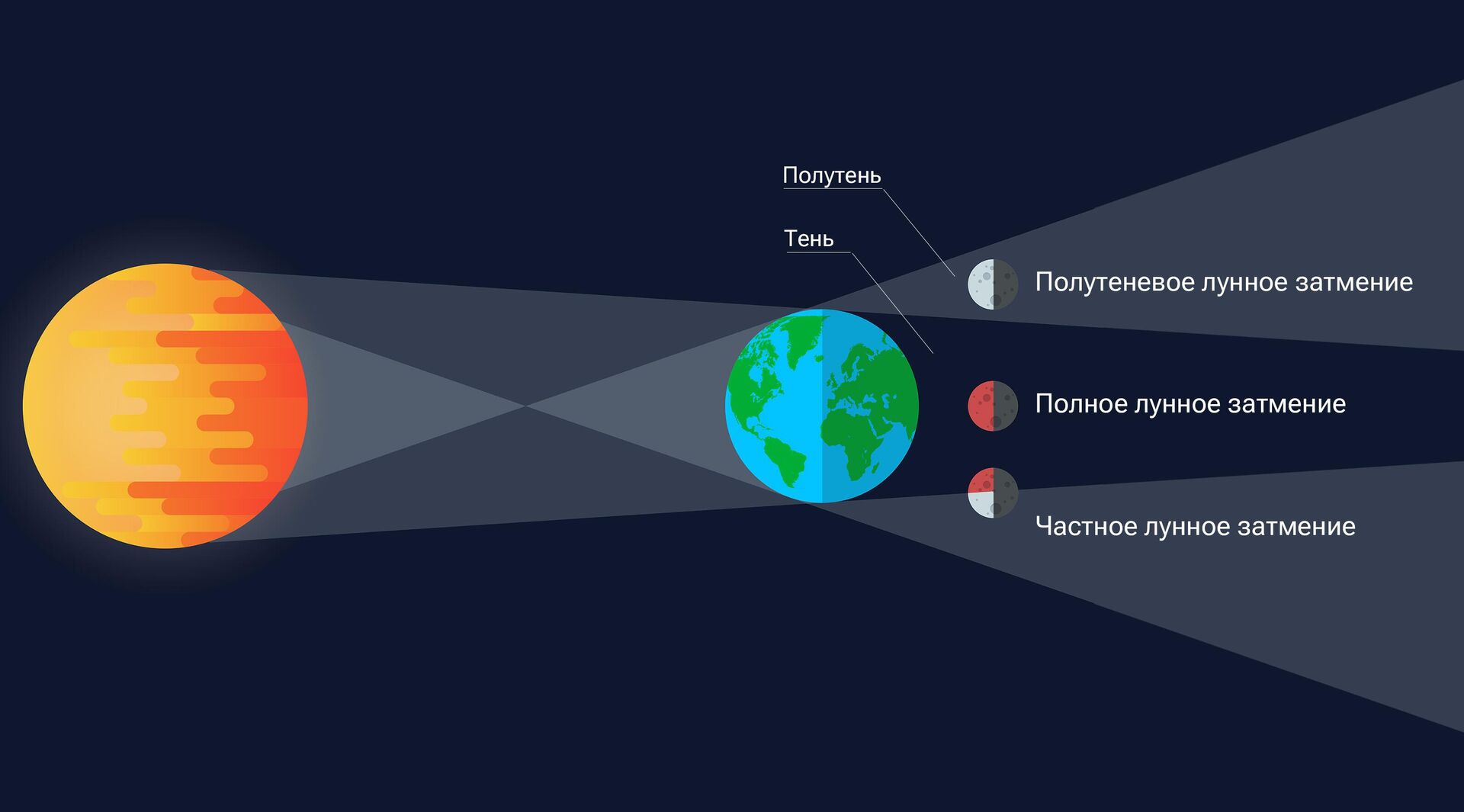
Starfalls
Already these days, Russians will be able to observe the Quadrantids meteor shower. According to calculations, it will reach its maximum strength at noon on January 4. At this time, it cannot be seen with the naked eye — only at night and in the morning. But the residents of the north of our country, where it is now polar night, will enjoy the Quadrantids around the clock.
The next meteor shower is expected at the end of summer — the Perseids. Its maximum falls on August 12, from four to seven in the evening.
«When observing meteor showers, it is important to take into account the phase of the Moon. If it is bright, it will illuminate the sky,» warns Stanislav Korotky.
The Perseids have a wide peak, so it can be seen in the evening, as well as in the second half of the night. “The flow can reach one hundred meteors per hour,” says the astronomer.
But the Geminids will not be lucky this year. According to the scientist, their peak will occur on the night of December 13-14, when the full moon is expected. The light from our satellite will not allow you to admire the powerful stream, reaching 150 meteors per hour.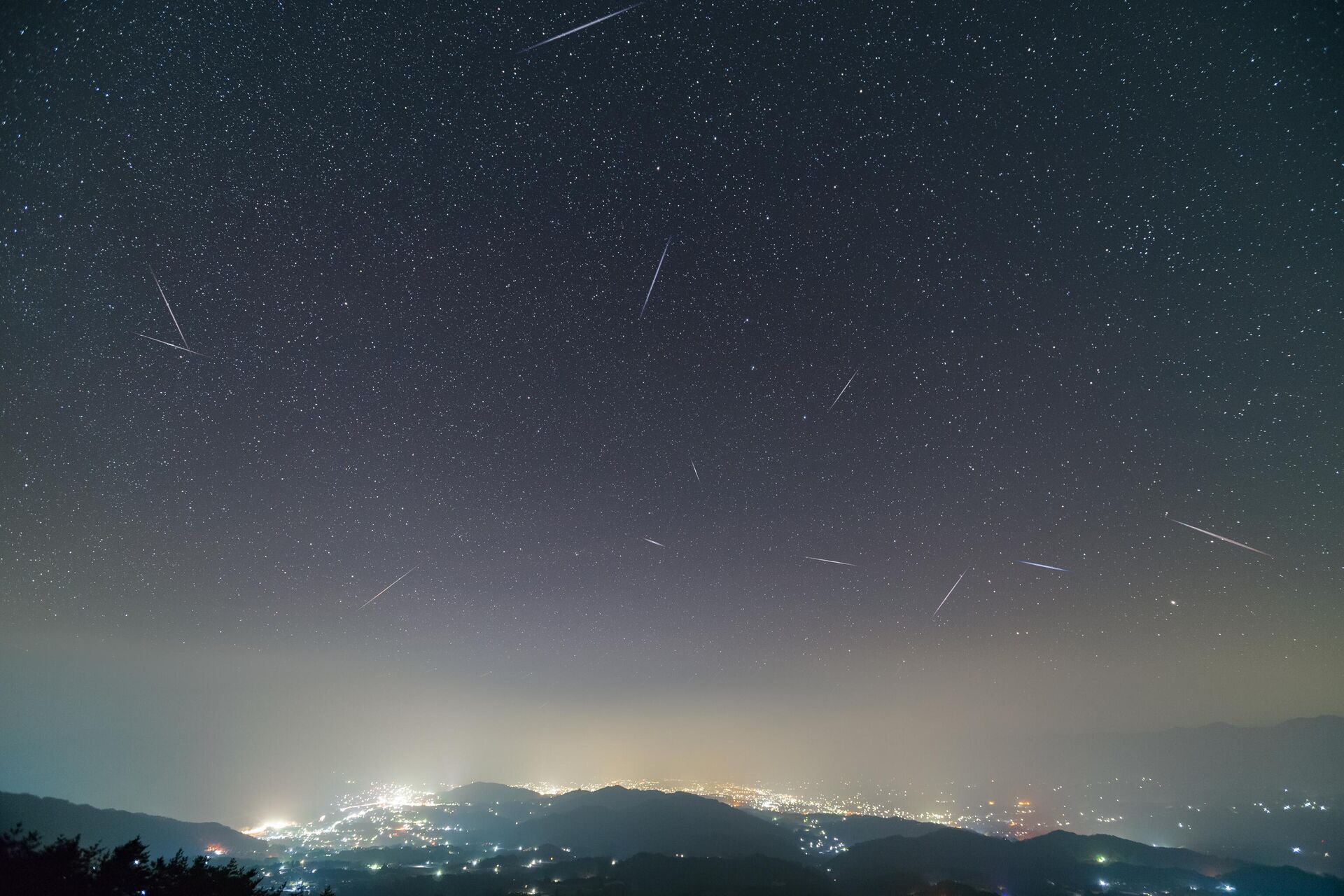
Conjunctions, occultations of planets and stars
“In winter and spring there will be a whole series of conjunctions with Mars. It travels across the sky for quite a long time and, covering long distances, meets with different planets,” says Stanislav Korotky.
The first conjunction will occur on January 21. Mars will be close to Mercury in the constellation Sagittarius, but they will be poorly visible, and only at dawn. Mars will next visit Venus on February 22, and on April 10 it will be next to Saturn against the backdrop of the constellation Aquarius. Already on April 29, at dawn, he should be expected near Neptune against the background of the constellation Pisces.
This activity of Mars is not accidental.
“It is preparing for opposition in order to become a bright red planet at the end of the year. The distance between it and the Earth will be minimal,” explains the astronomer.
This year is not a good year for observing Mercury and Venus the best, but Jupiter will be a real event — from August until the end of the year it will be very bright. June to December is a good time to view Saturn, while Uranus and Neptune can only be seen with a telescope or powerful binoculars as these planets are very far away.
In addition, Saturn is expected to be occulted by the Moon on August 21st. “We will see how first the rings, and then the entire planet, will disappear under the lunar disk,” says Korotky.
In total, in 2024 there will be fifty lunar occultations of planets and bright stars.



































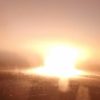
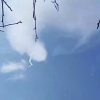



















Свежие комментарии